Immoral Tales: Sex And Horror Cinema |
HEMEN AL 89,71 TL x 3 Taksit |
250,00 TL |



İlan Detayları
Ürün No: #5741066 |
Kargo Ücreti: Alıcı öder |
Ürün Durumu: Kullanılmış |
Kargoya Veriliş Süresi: 3 iş günü |
İlan Bitiş Tarihi: 30/04/2024 00:47:26 |
Gönderim Bölgesi: Yurtiçi |

Immoral Tales: Sex And Horror Cinema
In Europe 1956-1984 - by Cathal Tohill & Pete Tombs
272 SAYFA
KONDİSYON ORTA SAYFALAR CİLDEN ÇIKMIŞ DURUMDA
SAYFA EKSİĞİ YOKTUR.
Originally self-published by Cathal Tohill and Pete Tombs through Primitive Press in 1994, this new Titan edition is roughly A4 size and again offers a rare opportunity to investigate the clandestine world of European sex and horror films - but not, I suspect, in your local mainstream bookshop. There are just too many photos and illustrations likely to cause 'offence' or moral panic in the mind of the general browsing bookworm. Yes, this is controversial subject matter, but the authors write level-headedly, adopting a thoughtful combination of historical, biographical, technical and synoptic approaches. Early chapters rightly suggest the primary influence of 18th/19th century Gothic literature, Byron, Swinburne (incidentally, some of his pseudonymous lewd stories are now available) and, of course, de Sade. Seminal European silent directors like Feuillade and the German expressionists Weine, Lang and Murnau are also cited; Franju's Eyes Without A Face (1959) is regarded as the beginning of the later European erotic-horror genre here known as the fantastique where "the pictorial, the excessive and the irrational are privileged factors the repressed takes centre stage." Chapters outlining the growth, censorship and ultimate ghettoisation of the fantastique as it speedily splinters into crass profit-seeking S&M and hardcore porn in the Italian, German, French and Spanish film industries, are well researched. The bulk of the book is then profiles of key directors: Jess Franco, Jean Rollin, José Larraz, José Bénazéraf, Walerian Borowczyk and Alain Robbe-Grillet.
The central problem with Immoral Tales lies in its authorial tone. Level-headed and unsensationalist yes, but outrageous sadism and misogyny (e.g. lesbians = satanic possession) which appear to have been defining characteristics of the fantastique, are either forgiven or side-stepped when 'artistic merit' is perceived in a film's pictorial composition or idiosyncratic editing style. Complex images and ideas are described not discussed. Sadly, the authors appear unwilling to take on any of the contentious moral issues around 'erotica', 'pornography' and 'sadomasochism' and their relationship to 'cinematic art', that are all inextricably linked to the films of the fantastique. It's not surprising that few are seen outside specialist film clubs (like London's NFT which ran a mini-season in January 1994 to promote the original publication of Immoral Tales; Redemption is the principal video outlet in the UK for this material) and even then often in mutilated versions. The book's lack of moral discussion is possibly a concession to the cult horror movie fan who may well be the prime consumer target, and who is not normally known for his discursive capabilities; if so, then it's rather disappointing given the laudable attention to detail that exists elsewhere in the text. Still, Tohill and Tombs have done a superb job in bringing to light the work of some extraordinary, yet neglected film-makers: the next step is to fuel the critical debate that should be taking place around their films. (Chris Blackford)
This review was first published in Rubberneck 20, December 1995
Kişi tarafından görüntülenmiştir.
Fotoğraf & Kamera - Giyim & Aksesuar - Kitap & Dergi - Koleksiyon - Kozmetik - Motorlu Araçlar - Mücevher, Takı & Saat - Müzik, Enstrüman
Ofis & Kırtasiye - Oyuncak & Hobi - Sağlık - Spor, Outdoor - Video Oyun & Konsol - Yapı Market & Bahçe - Yiyecek & İçecek - Diğer Her Şey
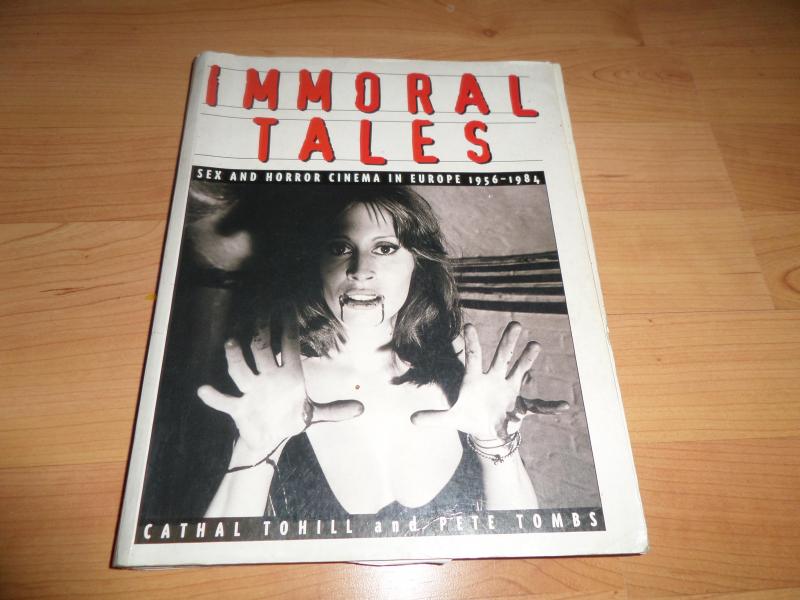








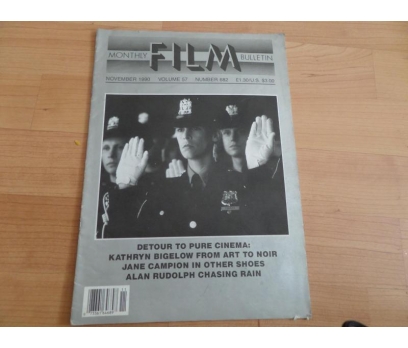
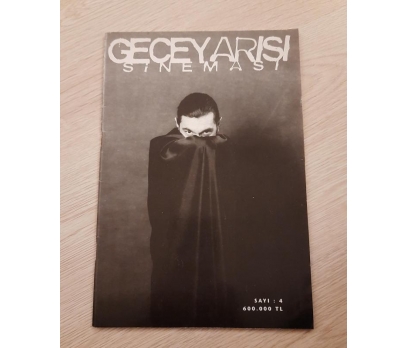
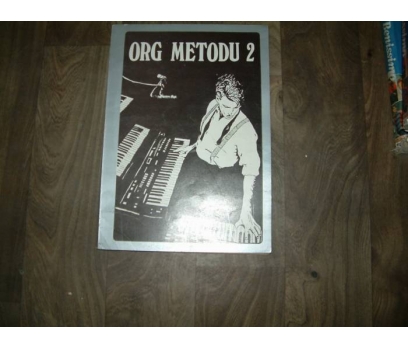
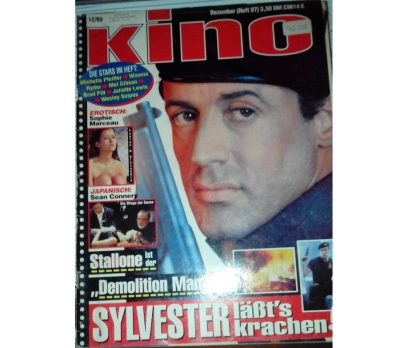
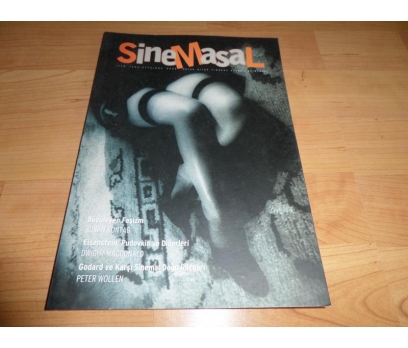
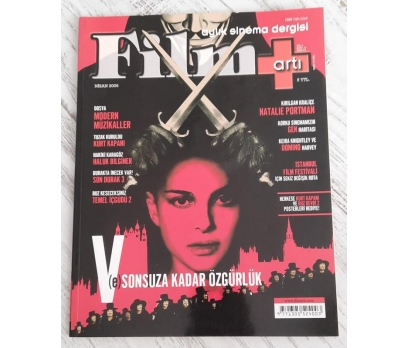

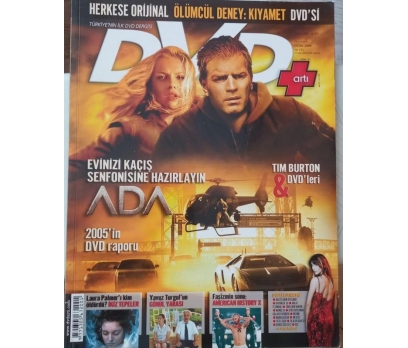
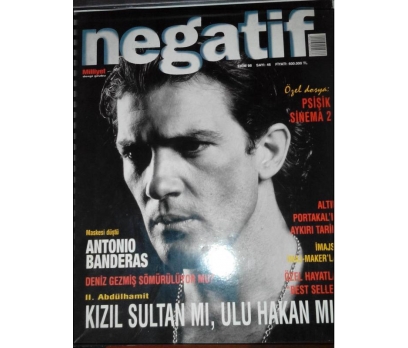

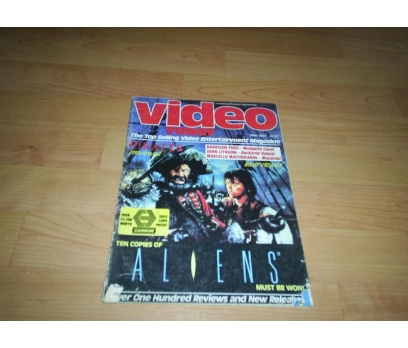
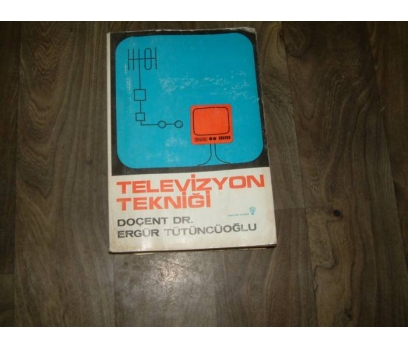
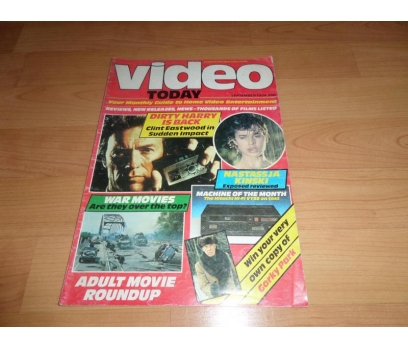

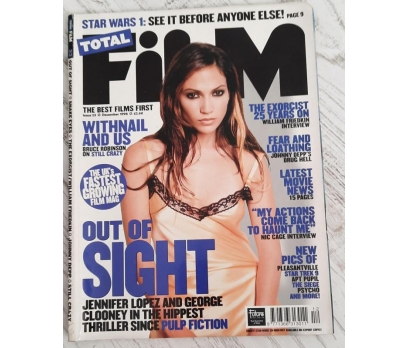
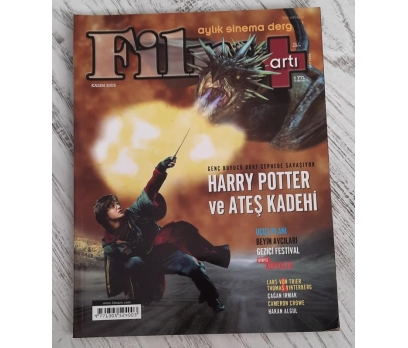
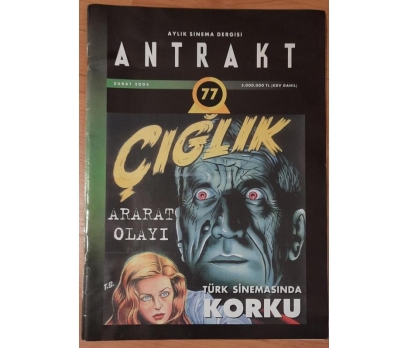
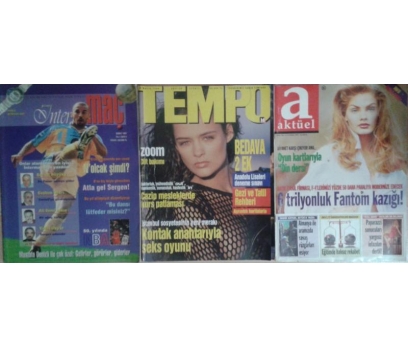
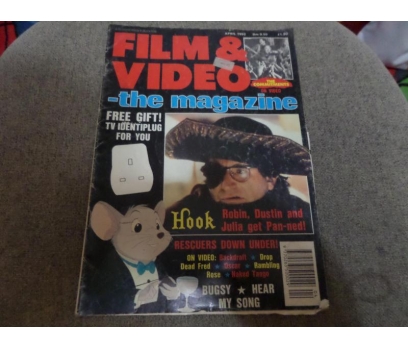
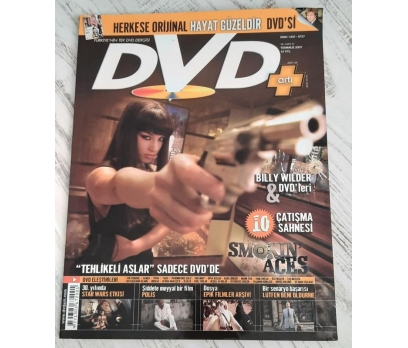

Listelenen bu ürün satıcının sorumluluğundadır. Satın almadan önce satıcıyla irtibata geçmelisiniz.